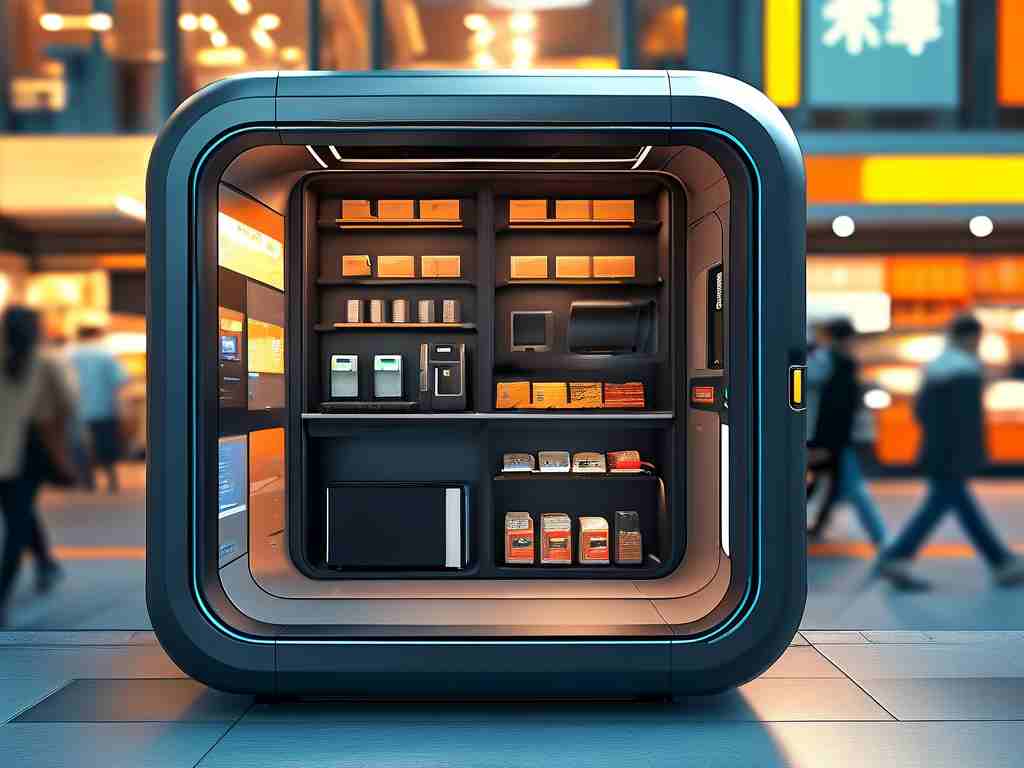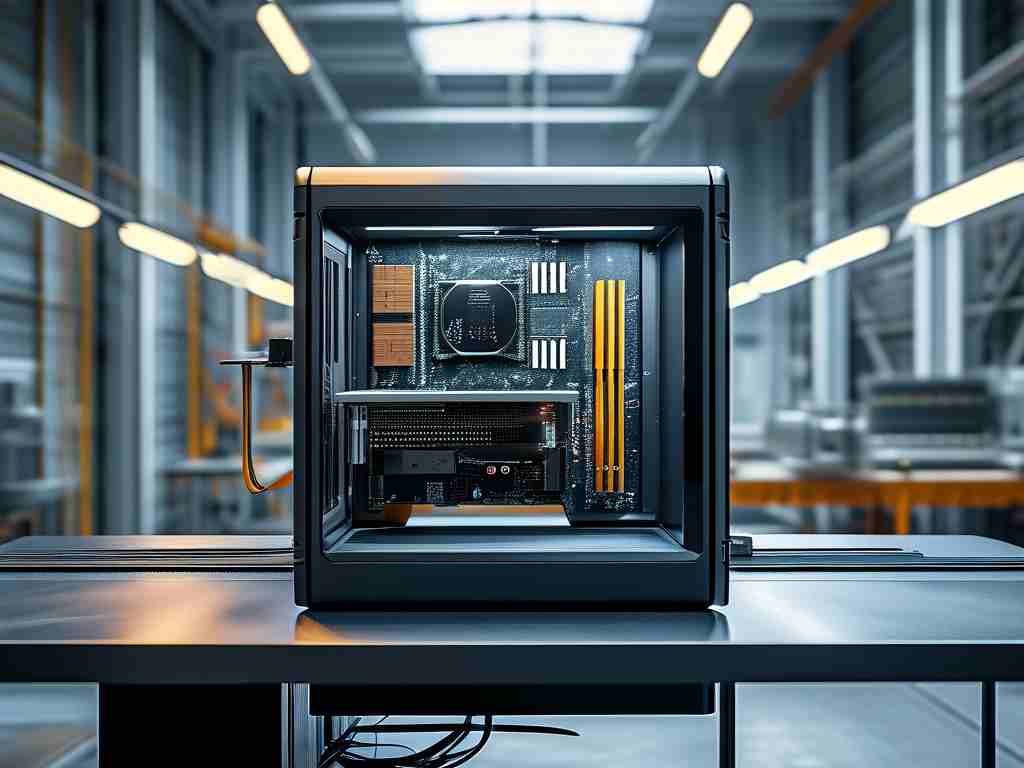The integration of embedded systems into shared locker infrastructure represents a transformative shift in smart logistics. As urban centers demand more efficient parcel management solutions, developers are leveraging custom hardware-software stacks to create intelligent storage networks. This article explores technical implementation approaches while addressing real-world challenges in building secure and scalable shared locker ecosystems.

Architectural Foundations
Modern shared locker systems rely on modular embedded architectures combining low-power microcontrollers with wireless connectivity. A typical configuration uses STM32 or ESP32-series chips as primary controllers, managing peripheral components through GPIO and I2C interfaces. Sensor arrays incorporating weight detection modules (e.g., HX711 load cells) and environmental monitors (DHT22/BME280) enable real-time status tracking.
Communication layers implement hybrid protocols to ensure reliability:
// Sample MQTT configuration for locker status updates
void publish_locker_status() {
mqttClient.publish("lockers/zone4/unit12",
"{"temp":27.5,"weight":3.2,"door_state":0}");
}
This code snippet demonstrates lightweight MQTT messaging for cloud synchronization while maintaining local Bluetooth LE connectivity for maintenance access.
Security Implementation
Multi-factor authentication mechanisms prevent unauthorized access:
- Encrypted QR code generation using AES-256-CBC
- NFC card validation with dynamic token rotation
- Biometric fallback systems (capacitive fingerprint sensors)
Hardware security modules (HSMs) like ATECC608 provide secure key storage, while over-the-air (OTA) firmware updates incorporate cryptographic signature verification:
# Simplified firmware validation
def verify_update(signed_binary):
public_key = load_hsm_key(0x23A1)
signature = signed_binary[-256:]
payload = signed_binary[:-256]
return rsa.verify(payload, signature, public_key)
Operational Challenges
Field deployments face unique environmental constraints requiring robust engineering:
- Power Management: Solar-powered units implement dynamic clock scaling (48MHz to 80MHz transitions) and adaptive sensor polling intervals
- Network Resilience: Hybrid LoRaWAN/Wi-Fi stacks maintain connectivity across diverse urban landscapes
- Vandal Resistance: Shock detection algorithms using MPU6050 accelerometers trigger security protocols
Maintenance Optimization
Predictive maintenance systems analyze historical sensor data through embedded machine learning models. TinyML frameworks like TensorFlow Lite enable anomaly detection directly on edge devices:
// On-device inference example
TfLiteStatus invoke_status = interpreter->Invoke();
if (interpreter->output(0)[0] > THRESHOLD) {
trigger_maintenance_alert();
}
Future Directions
Emerging technologies are reshaping shared locker development:
- Matter protocol integration for smart home ecosystem compatibility
- Millimeter-wave radar for contactless parcel dimension verification
- Distributed ledger systems for multi-operator settlement
The evolution of shared locker systems demonstrates how embedded engineering solves complex urban logistics challenges. By combining robust hardware design with intelligent software layers, developers create adaptable platforms that balance security, usability, and operational efficiency. As 5G Advance and AI accelerator chips become more accessible, next-generation systems will likely incorporate real-time computer vision and advanced demand prediction algorithms, further blurring the line between physical infrastructure and digital services.









